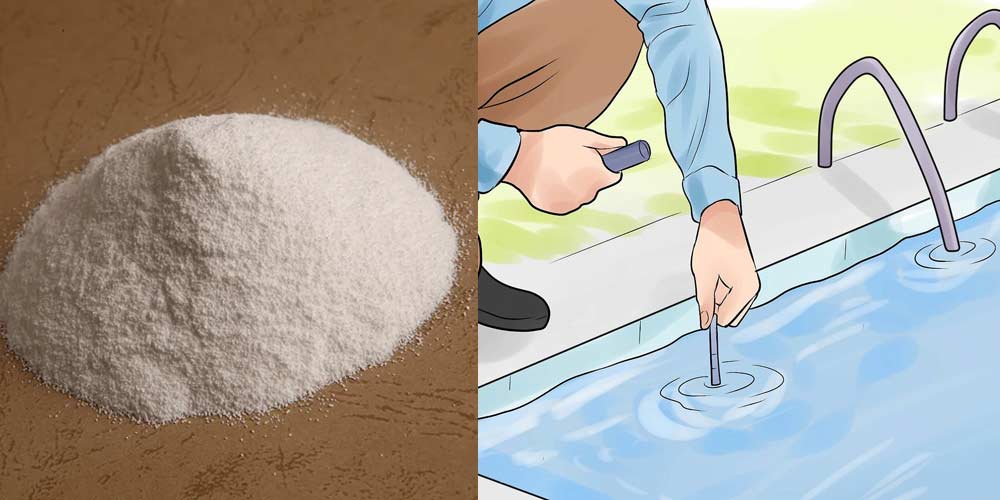In the world of pool maintenance, keeping your swimming pool water crystal-clear and safe for swimmers is paramount. One crucial aspect of this maintenance regimen is cyanuric acid testing. In this comprehensive guide, we’ll delve into the science behind cyanuric acid testing, its importance in pool care, and how it can help you maintain a pristine aquatic oasis right in your backyard.
What is Cyanuric Acid?
Cyanuric acid, often referred to as CYA, is a chemical compound that plays a pivotal role in pool water chemistry. It is commonly used in outdoor pools to protect chlorine from the degrading effects of UV rays from the sun. Without adequate cyanuric acid levels, chlorine quickly dissipates, rendering it ineffective at disinfecting the pool water.
The Importance of Cyanuric Acid Testing
Proper cyanuric acid levels are essential to ensure that your pool remains sanitary and safe for swimmers. Testing for cyanuric acid is crucial for several reasons:
Chlorine Stabilization: Cyanuric acid acts as a stabilizer for chlorine. When chlorine is stabilized, it remains active for longer periods, ensuring consistent disinfection of the pool water.
Cost Savings: Maintaining proper CYA levels can help you save money in the long run, as you won’t need to replenish chlorine as frequently.
Safety: Overly high cyanuric acid levels can lead to chlorine lock, a situation where chlorine becomes less effective. Conversely, extremely low levels of CYA can result in rapid chlorine loss, leaving your pool susceptible to harmful microorganisms.
How to Perform a Cyanuric Acid Test
Performing a cyanuric acid test is a straightforward process, and many pool owners can do it themselves with a pool water testing kit. Here’s a step-by-step guide:
Gather Your Supplies: You’ll need a pool water testing kit that includes cyanuric acid testing reagents, a water sample container, and a color-comparison chart.
Collect a Water Sample: Submerge the water sample container about elbow-deep into the pool water, away from the pool skimmer and return jets. Fill it with water, taking care not to contaminate the sample.
Add the Reagent: Follow the instructions on your testing kit to add the cyanuric acid reagent to the water sample. Typically, this involves adding a few drops and swirling the container to mix.
Observe Color Change: After adding the reagent, the water will change color. Compare this color to the chart provided in your kit to determine the cyanuric acid concentration in your pool water.
Record the Results: Note the reading and keep a record for future reference.
Maintaining Proper Cyanuric Acid Levels
The ideal cyanuric acid level for a pool typically falls within the range of 30 to 50 parts per million (ppm). However, it’s crucial to consult your pool’s manufacturer guidelines or a professional for specific recommendations, as this range can vary depending on factors such as pool type and location.
To maintain proper CYA levels:
Regular Testing: Test your pool water for cyanuric acid at least once a month, or more frequently if you notice any issues.
Adjust as Needed: If the levels are too low, add cyanuric acid granules or tablets to the pool water. Conversely, if levels are too high, dilute the pool water by partially draining and refilling the pool.
Monitor Chlorine Levels: Keep an eye on your chlorine levels to ensure they remain effective for pool disinfection.
In conclusion, mastering cyanuric acid testing is a crucial aspect of effective pool maintenance. By understanding the role of cyanuric acid and regularly testing and adjusting its levels, you can enjoy a safe and sparkling pool all summer long. Dive into the science of cyanuric acid testing, and take the plunge towards a healthier, more enjoyable swimming experience.
Post time: Sep-13-2023

